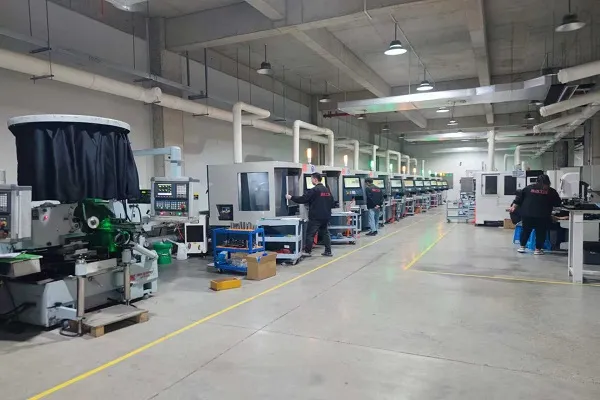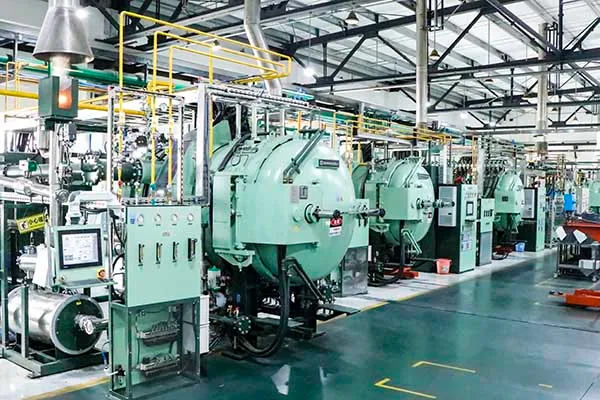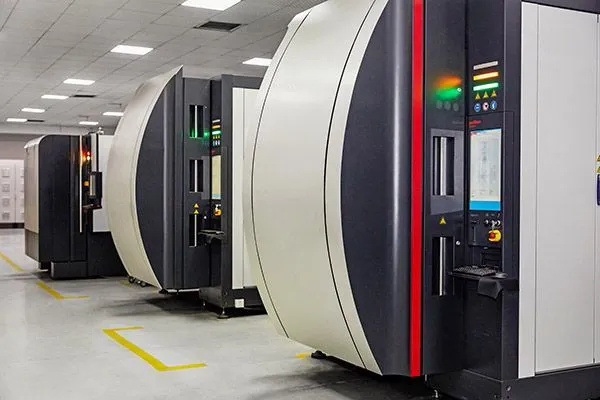

Вставка TNMA
Угол вставки TNMA: 60°Треугольная твердосплавная вставка; вставка с отрицательной граблиной 0° и двухсторонний без стружколома;.
Применение: обработка чугуна;
Вставка TCMA имеет вписанную окружность (IC) 9,525 мм/12,7 мм, толщину 4,76 мм и радиус угла (носа) 0,4 мм/0,8 мм/1,2 мм/1,6 мм;
Соответствующий держатель инструмента со вставкой TNMA: PTFNR/L, PTTNR/L, PTGNR/L, MTGNR/L, MTJNR/L, MTFNR/L;
TNMA Insert может выполнять несколько операций, комбинируя различные марки;
Материал: карбид вольфрама;
Введение продукта
Пластина TNMA - это треугольный угол 60° без стружколома специально разработанный для обработки твердых материалов, в основном используется при обработке чугуна, с хорошей треугольной стабильностью, пластина негативного типа может эффективно использовать 6 режущих кромок, экономична и эффективна.
Спецификация вставки TNMA
Назначение TNMA
- T: Треугольная форма.
- N: Отрицательный угол наклона (обеспечивает более прочную режущую кромку).
- M: Класс допуска (указывает точность вписанной окружности и толщины). Обычно +/- 0,13 мм.
- A: С цилиндрическим отверстием, без стружколома.
Общие размеры TNMA
Как и во вкладышах TCMT, во вкладышах TNMA используются цифры для обозначения размера:
TNMA 33X:
- Круг с надписью (IC): 0.375″ (3/8″)
- Толщина: 0,125″ (1/8″)
- X обозначает радиус носа в шестнадцатых долях дюйма (например, 1 = 1/32″)
TNMA 43X:
- Круг с надписью (IC): 0.5″ (1/2″)
- Толщина: 0,188″ (3/16″)
- X представляет собой радиус носа
Держатель вставки TNMA





MTJNR/L

Размеры твердосплавных вставок TNMA (ISO и ANSI)
| ТИП ISO | ТИП ANSI | LE | IC | S | DI | RE |
|---|---|---|---|---|---|---|
| TNMA160404 | TNMA 331 | 16.5 | 9.525 | 4.76 | 3.81 | 0.4 |
| TNMA160408 | TNMG332 | 16.5 | 9.525 | 4.76 | 3.81 | 0.8 |
| TNMA160412 | TNMG 333 | 16.5 | 9.525 | 4.76 | 3.81 | 1.2 |
| TNMA220408 | TNMG432 | 22 | 12.7 | 4.76 | 5.16 | 0.8 |
| TNMA220412 | TNMG433 | 22 | 12.7 | 4.76 | 5.16 | 1.2 |
| TNMA220416 | TNMG434 | 22 | 12.7 | 4.76 | 5.16 | 1.6 |
Пример: TNMA 432
- T: Треугольная
- N: Отрицательный угол наклона
- M: Класс толерантности
- A: Включенный угол 60°
- 4: Круг с надписью 0,5″ (1/2″)
- 3: Толщина 0,188″ (3/16″)
- 2: Радиус носа 0,0625″ (1/16″) - хорошо подходит для работ общего назначения
Наука, лежащая в основе твердосплавных вставок: Как их делают и почему они такие прочные
Твердосплавные пластины - одни из самых универсальных и долговечных режущих инструментов. Но как они изготавливаются? И что делает их такими прочными? В этом видео мы рассмотрим научную основу твердосплавных пластин, начиная со свойств карбида вольфрама и заканчивая процессом производства.
Наши производственные возможности










